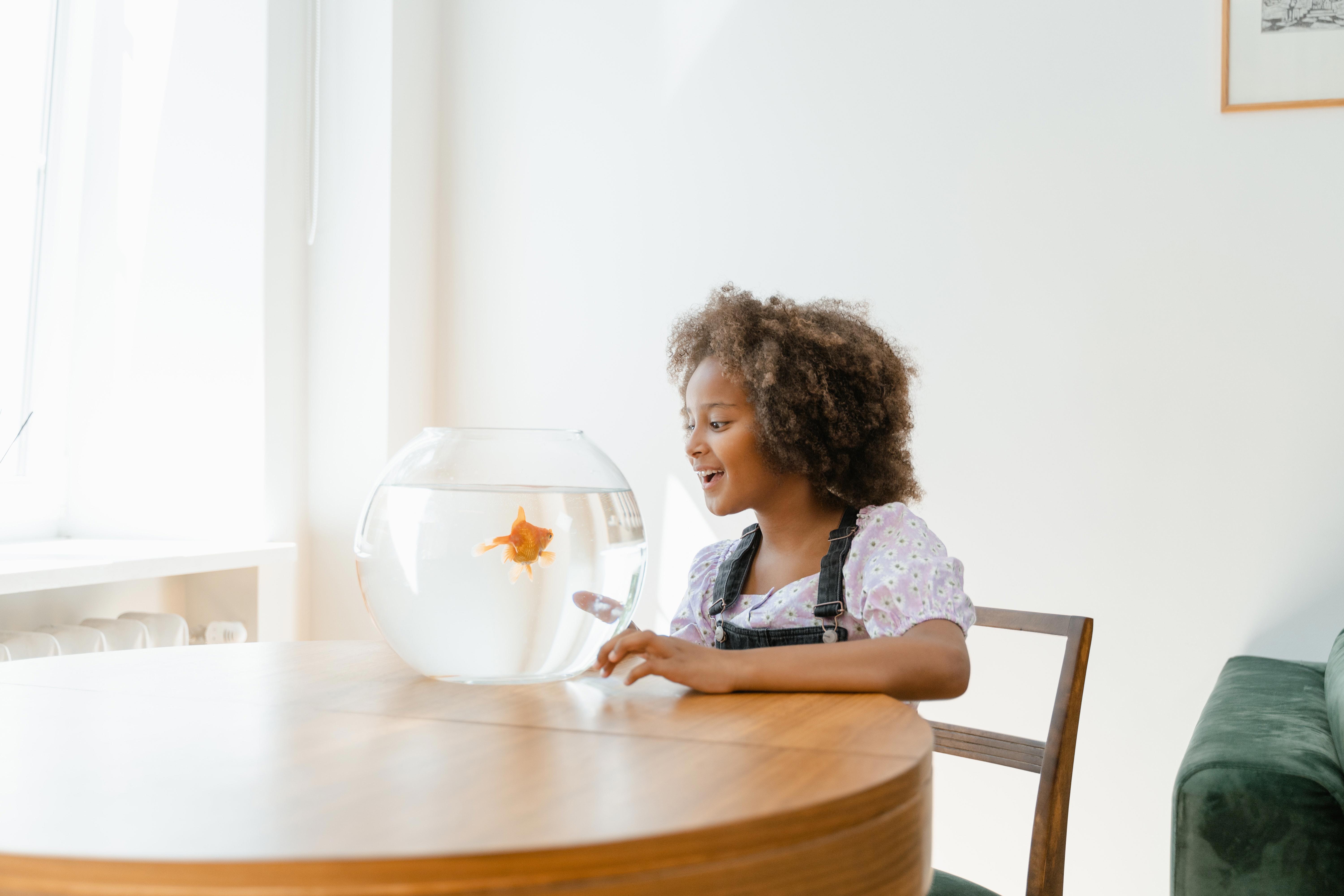Creating a natural-looking environment for your fish not only enhances the beauty of your aquarium, but also provides a comfortable and healthy habitat for your aquatic pets. As fish owners, we have a responsibility to ensure that the environment we create for our fish is as close to their natural habitat as possible. From selecting the right plants to choosing the appropriate substrate, there are several ways in which you can create a natural-looking environment for your fish. In this blog post, we will share 5 tips that will help you achieve a natural habitat for your fish in your aquarium. So, let’s dive in!
If you have a pet fish, you want to ensure that their living environment is as close to their natural habitat as possible. Creating a natural-looking environment for your fish in your aquarium is not only visually pleasing but also important for their health and well-being. Here are 5 tips to help you achieve a natural habitat for your fish in your aquarium:
1. Mimic the Natural Habitat of Your Fish
The first step in creating a natural habitat for your fish is to research their natural habitat. Different species of fish come from different environments, so it is important to understand the conditions they thrive in. For example, if you have a tropical fish like a Betta, they prefer warm water temperatures and live in densely planted areas with slow-moving water. On the other hand, if you have a goldfish, they prefer cooler water temperatures and a spacious environment with plenty of room to swim. Once you understand the natural habitat of your fish, you can begin to mimic it in your aquarium.
2. Use Natural Substrates
Using natural substrates like gravel or sand can help simulate the natural habitat of your fish. The type of substrate you choose will depend on the type of fish you have. For example, if you have a cichlid, they prefer rocky substrates like limestone or granite. Planted aquarium enthusiasts also prefer to use substrates made from clay or mineral-rich soils to help encourage plant growth.
3. Add Natural Decorations
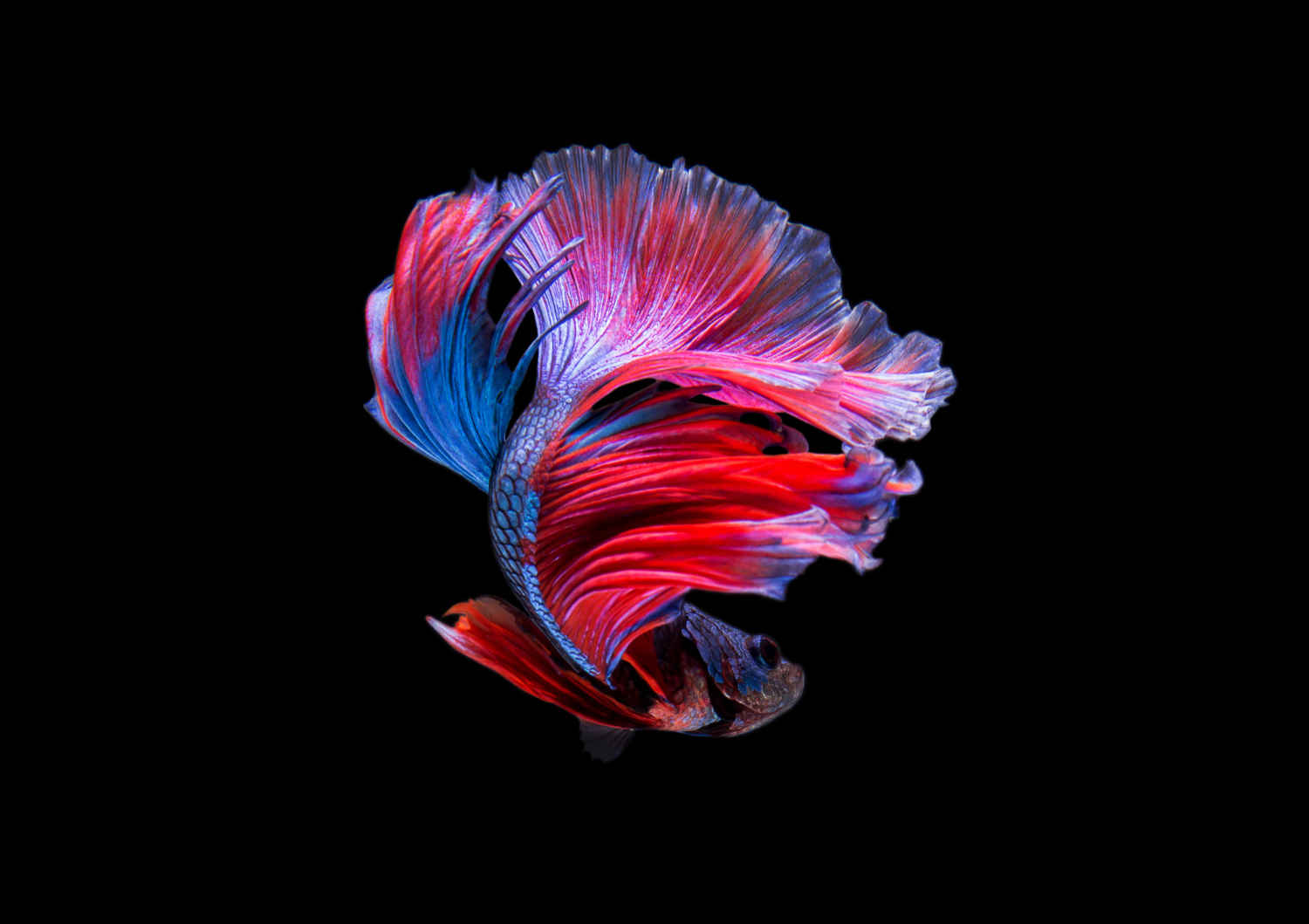
Adding natural decorations like driftwood, rocks, and plants can help create a natural environment for your fish. These decorations not only provide hiding places for your fish but also offer a natural food source for them. For example, some fish species like to nibble on algae growing on rocks or driftwood. Make sure to choose decorations that are safe for your fish and won’t leach harmful chemicals into the water.
4. Use Live Plants
Live plants not only add beauty to your aquarium but also help create a natural environment for your fish. Plants provide oxygen, absorb carbon dioxide, and help maintain water quality. They also provide a natural food source for your fish and offer hiding places for them. Some popular aquarium plants include Java Fern, Anubias, and Amazon Sword.
5. Maintain Proper Water Parameters
Maintaining proper water parameters is crucial for the health and well-being of your fish. Different species of fish have different water requirements, so it is important to research their ideal water parameters. Some important factors to consider include water temperature, pH level, and water hardness. Consistently monitoring and maintaining proper water parameters will not only create a natural environment for your fish but also prevent health issues and diseases.
Overall, creating a natural-looking environment for your fish in your aquarium is crucial for their health and well-being. By mimicking their natural habitat, using natural substrates and decorations, adding live plants, and maintaining proper water parameters, you can create a beautiful and healthy environment for your fish to thrive in. Remember to always research the natural habitat of your fish and consult with a professional if you have any questions or concerns.
Creating a natural habitat for your fish not only enhances their overall health and well-being, but it also adds a beautiful touch to your aquarium. By following these five tips, you can easily create a natural-looking environment for your fish that mimics their natural habitat. Remember to keep in mind their specific needs and preferences, and don’t be afraid to get creative with your decorations and plants. With a little bit of effort and attention, you can create a stunning underwater world for your fish to thrive in. Happy decorating!


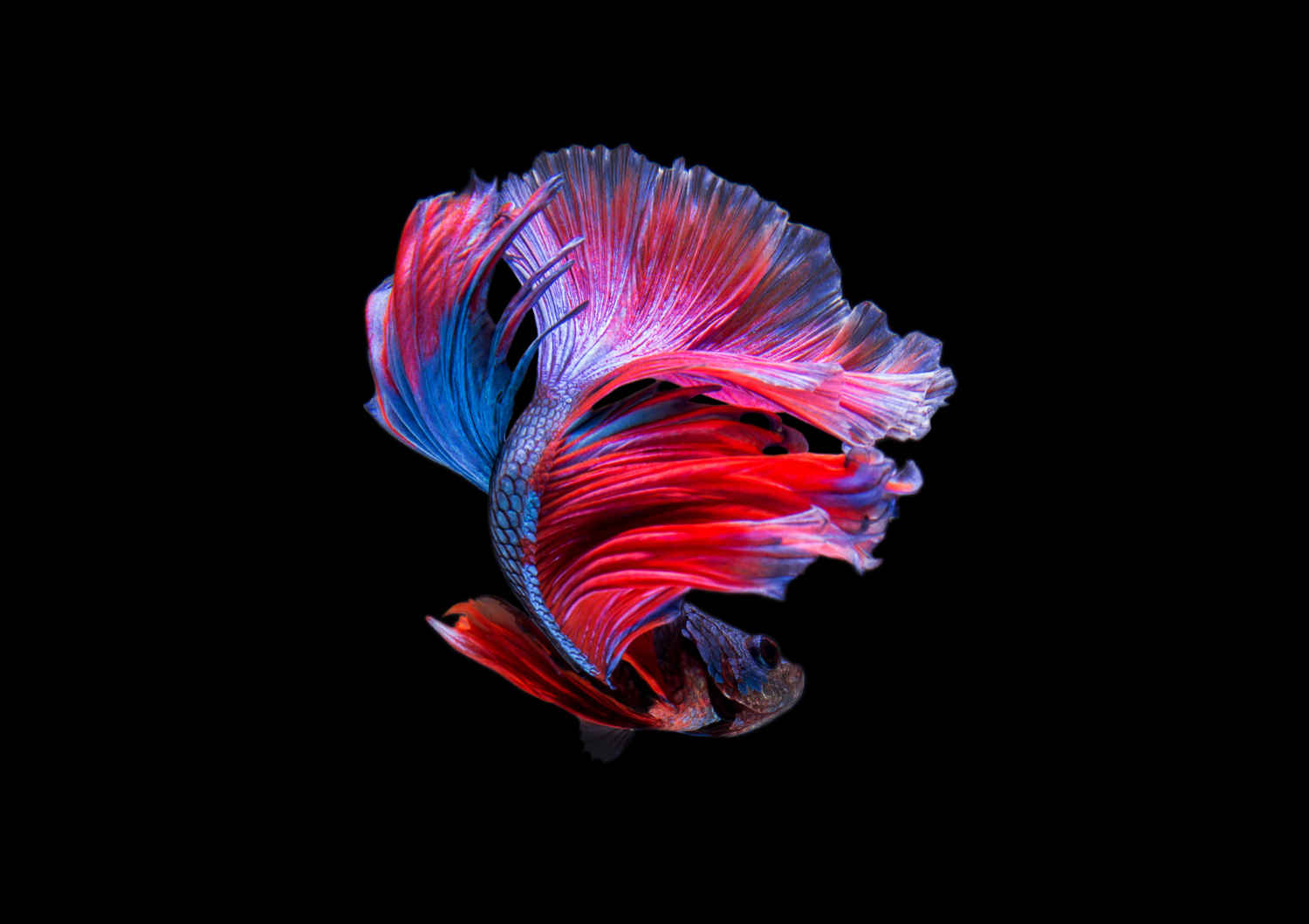
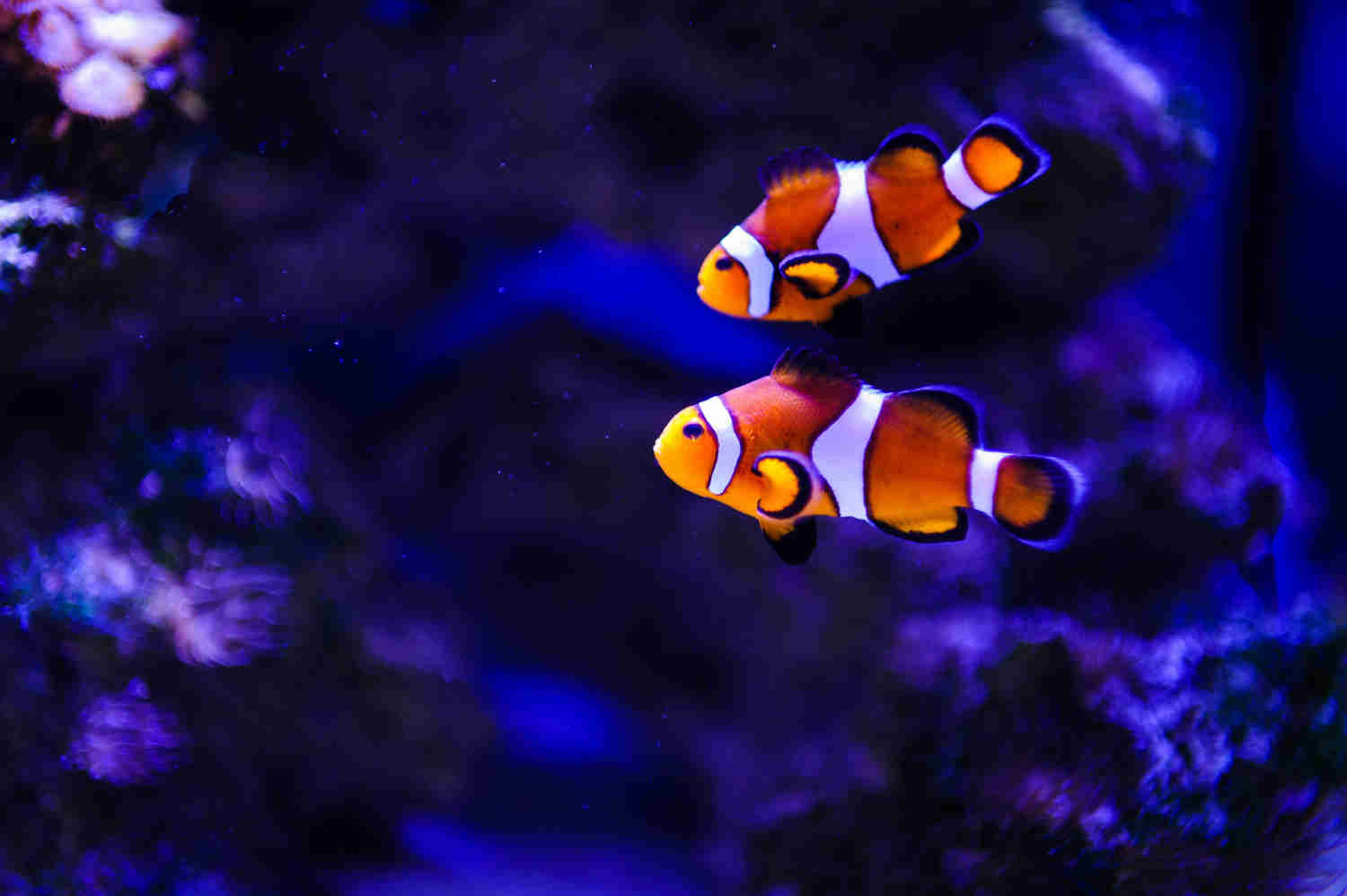
%20-%20Copy.jpg)
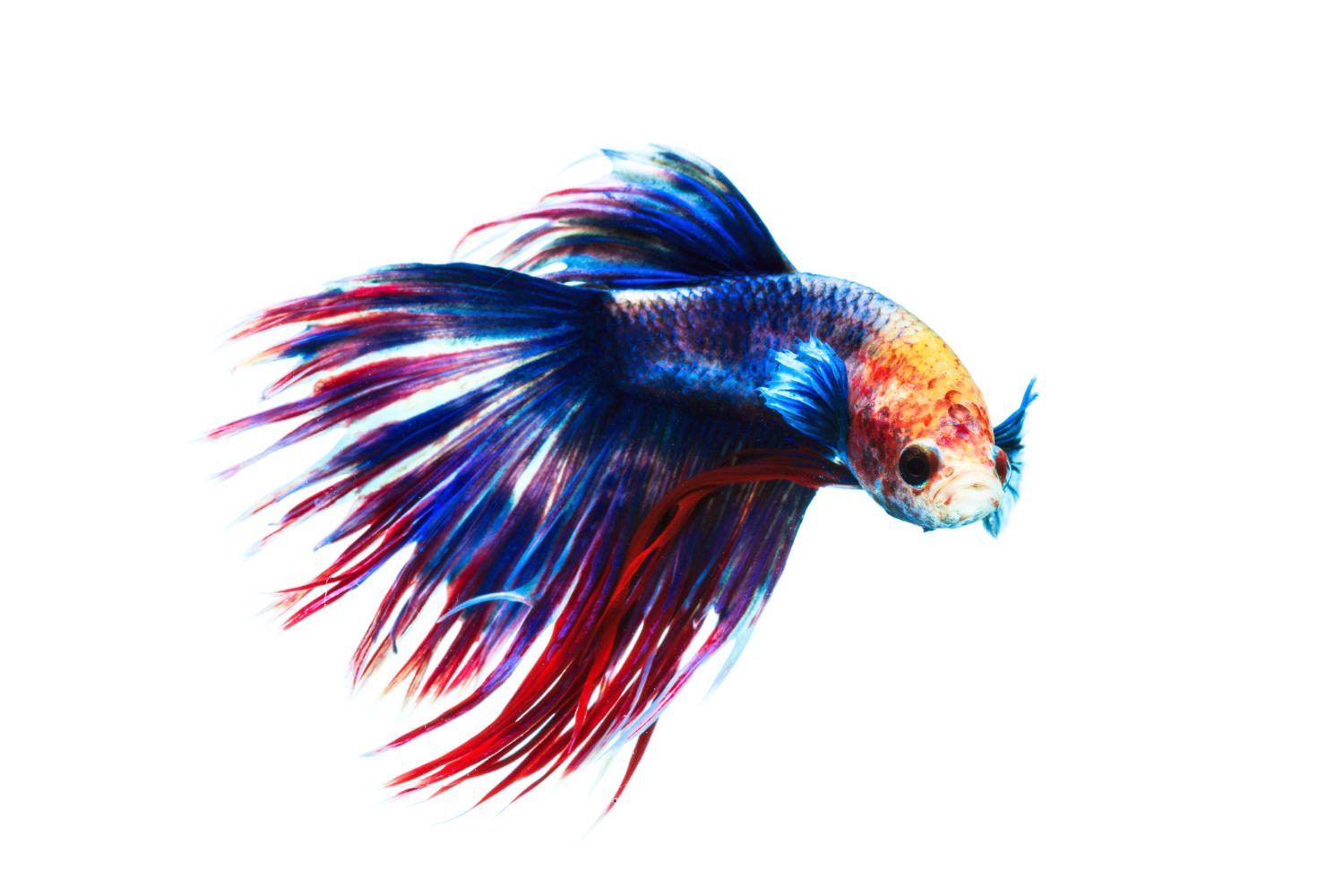
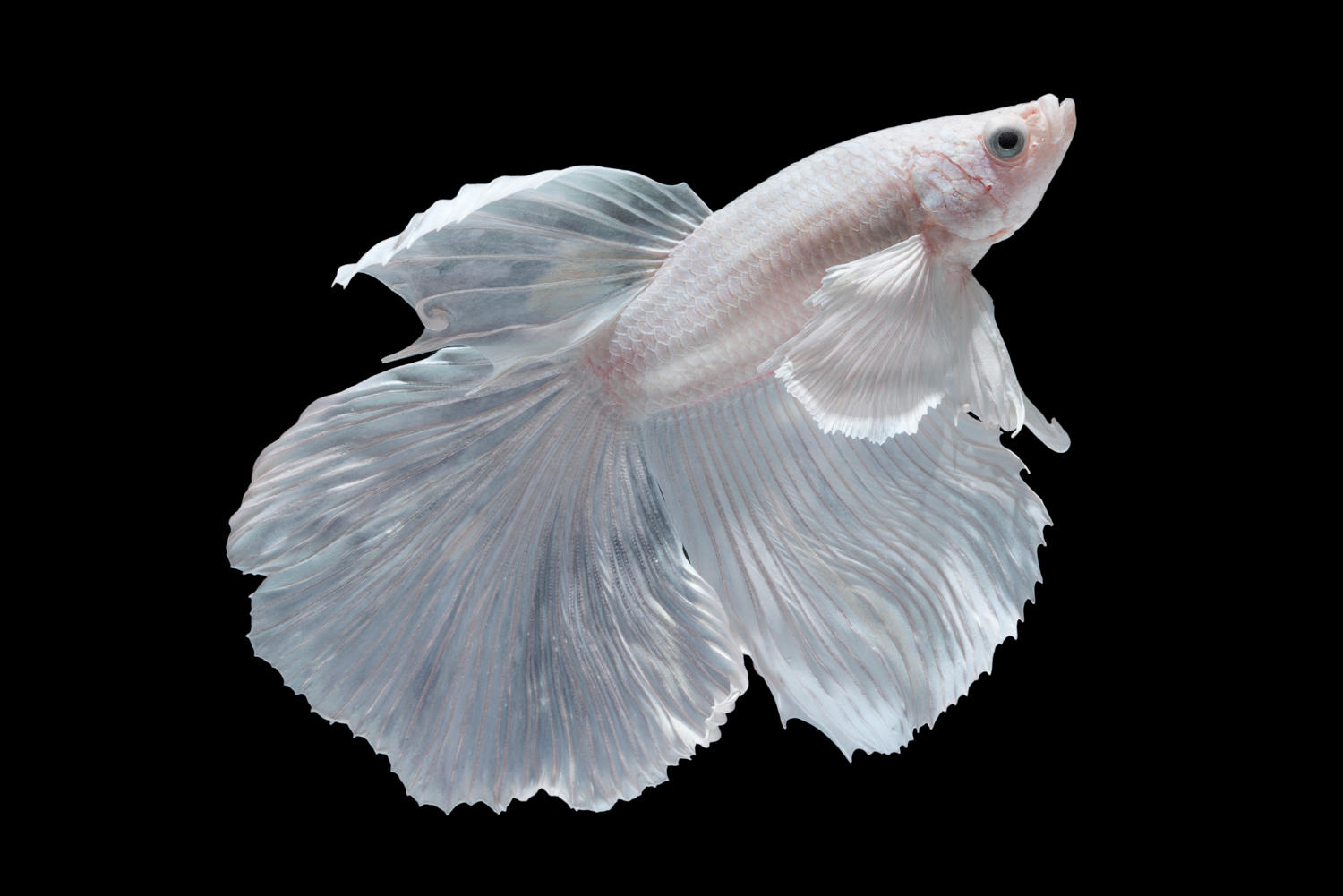
.jpg)
